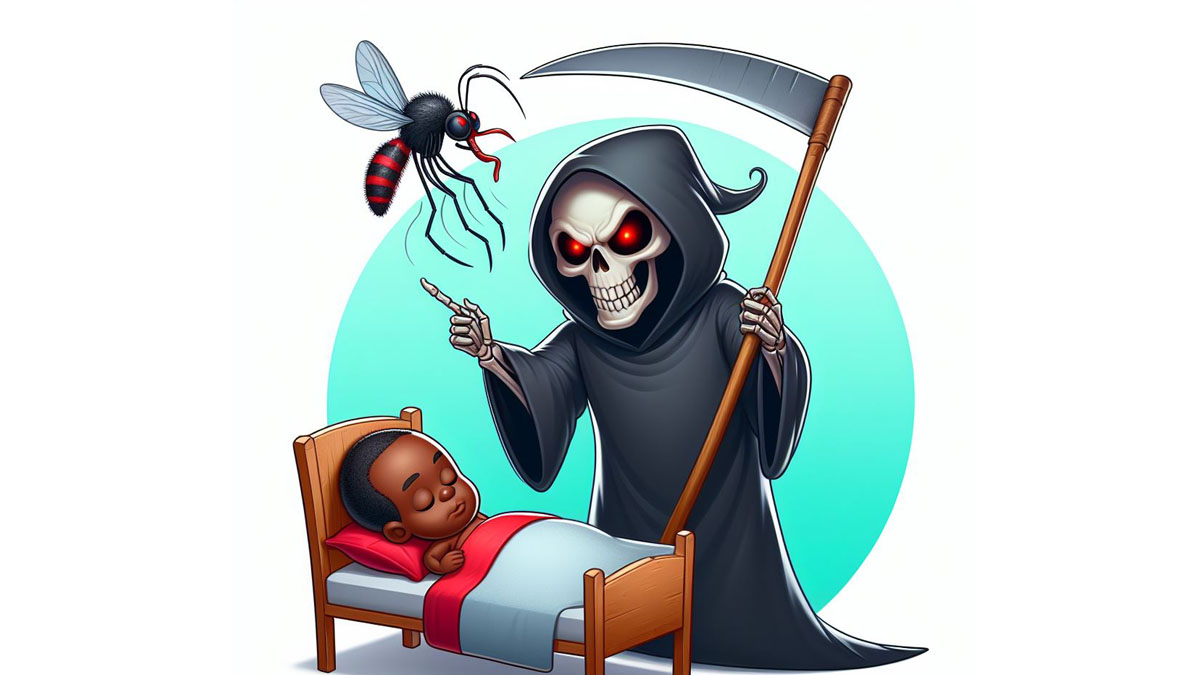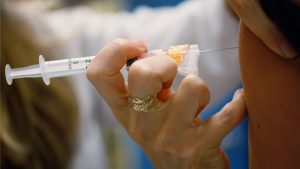
Malaria: A Persistent Threat Demands Vigilance
Mosquito-borne disease remains a global challenge

Malaria, a formidable foe in the realm of public health, has plagued humanity for centuries. Its impact spans continents, affecting millions of lives each year. In this in-depth report, The Kathmandu Post delves into the intricate web of factors surrounding malaria, from its historical origins to modern-day challenges and promising advances in prevention and treatment.
Historical Context
Malaria’s presence in human history is profound, with evidence of the disease dating back thousands of years. Ancient civilizations, including those in Egypt and China, documented symptoms resembling malaria. The term “mal aria,” meaning “bad air” in Italian, reflects historical beliefs linking the disease to foul air emanating from marshlands.
Throughout history, malaria has exerted a significant toll on societies, hindering economic development and shaping demographic patterns. Regions with favorable mosquito breeding habitats often bore the brunt of malaria’s impact, perpetuating cycles of poverty and disease.
Epidemiology and Global Burden
Despite advancements in healthcare and vector control measures, malaria remains a formidable global health challenge. The World Health Organization’s latest data reveal staggering figures: an estimated 249 million malaria cases and 608,000 deaths in 2022 alone. The burden is disproportionately borne by the WHO African Region, where 94% of cases and 95% of deaths occur.
Children under five years old are particularly vulnerable, accounting for approximately 80% of all malaria-related deaths in the African Region. Countries such as Nigeria, the Democratic Republic of the Congo, Uganda, and Mozambique continue to grapple with high malaria incidence rates, underscoring the urgent need for targeted interventions.
Understanding the Disease
Malaria is caused by parasites of the Plasmodium genus, transmitted through the bites of infected Anopheles mosquitoes. Five species of Plasmodium can infect humans, with Plasmodium falciparum and Plasmodium vivax posing the greatest threat. P. falciparum is notorious for its severity, often leading to life-threatening complications, while P. vivax is more prevalent outside sub-Saharan Africa.
Symptoms of malaria vary in severity and presentation, ranging from mild fever and headache to severe manifestations such as impaired consciousness, seizures, and organ failure. Prompt diagnosis and treatment are essential to prevent progression to severe malaria and mitigate the risk of mortality.
Prevention Strategies
Preventing malaria hinges on a multi-faceted approach encompassing vector control, preventive medications, and community engagement. Insecticide-treated bed nets and indoor residual spraying are cornerstone interventions aimed at reducing mosquito populations and interrupting transmission.
Chemoprophylaxis, or preventive medication, is recommended for travelers visiting malaria-endemic regions. Additionally, research into malaria vaccines has yielded promising results, with the RTS,S/AS01 vaccine approved for use in regions with moderate to high P. falciparum transmission.
Challenges and Emerging Threats
Despite progress in malaria control efforts, significant challenges persist. The emergence of insecticide resistance among Anopheles mosquitoes threatens the efficacy of vector control measures, necessitating innovative approaches and alternative insecticides.
Moreover, access to diagnostic testing and effective antimalarial drugs remains limited in many endemic regions, exacerbating the burden of disease. The complex interplay of socioeconomic factors, environmental conditions, and healthcare infrastructure further complicates malaria control efforts.
Research and Innovation
Advancements in malaria research hold promise for improved prevention, diagnosis, and treatment strategies. Ongoing studies focus on understanding parasite biology, developing novel antimalarial drugs, and exploring innovative vector control methods.
Notably, the recent approval of the R21/Matrix-M malaria vaccine represents a significant milestone in the fight against the disease. Expanded access to vaccines, coupled with sustained investment in research and development, could herald a new era in malaria control and elimination.
Towards Eradication
Malaria elimination remains an ambitious yet attainable goal, with several countries achieving notable progress in recent years. Strategies for malaria elimination encompass a combination of vector control measures, surveillance, and targeted interventions tailored to local epidemiological contexts.
The World Health Organization provides guidance and technical support to countries striving for malaria elimination, emphasizing the importance of robust health systems and community engagement. Achieving and sustaining malaria-free status requires long-term commitment, political will, and international cooperation.
Conclusion
Malaria’s enduring presence underscores the urgent need for concerted global action. From ancient civilizations to modern societies, the fight against malaria continues to evolve, driven by scientific innovation, political commitment, and grassroots mobilization.
As we confront the challenges posed by malaria, solidarity and collaboration are paramount. By investing in research, strengthening healthcare systems, and empowering communities, we can turn the tide against this ancient scourge and build a healthier, more resilient world for future generations.
- Nepal’s Tapas Adhikari Honored with Global Ambassador Award 2024
- India Warns Canada of Further Strain Over Alleged Campaign Targeting Sikh Activists
- Adani Group Denies Bribery Allegations as “Baseless,” Reaffirms Commitment to Compliance
- Revenue Collection Increases by 17% in Q1 of FY 2024/25, but Misses Target












Comments